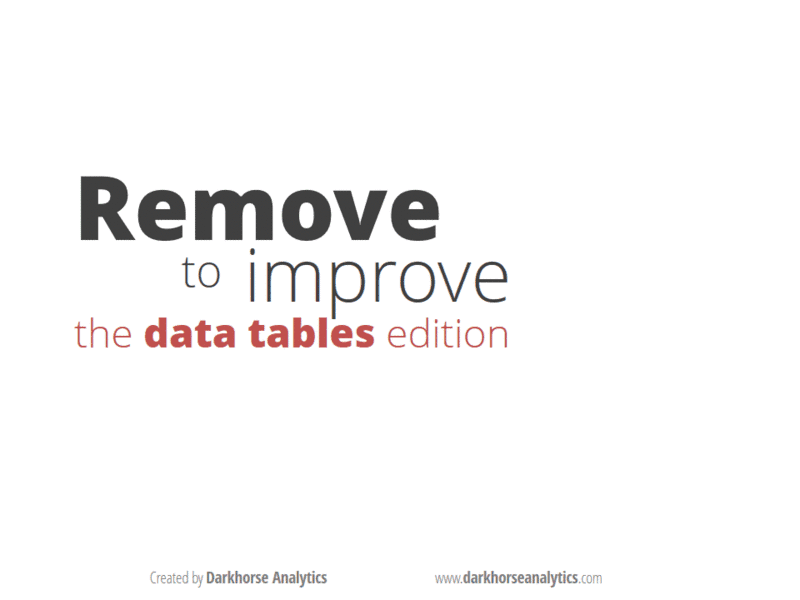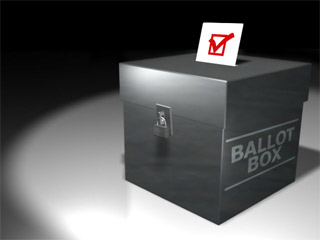Category Archives: Tutorials
Creating Density and Heat Maps in ArcGIS
Getting my Volunteer Organization to Implement Online Voting – Part 2
So last time….
I was talking about how I found the document below on the interwebs about using LimeSurvey (which comes with cPanel) for online voting. It addresses the issues stated in the previous post.
How to use LimeSurvey for Online Elections and Voting
Sometimes with things like this, it is better to beg for forgiveness than ask for permission. Instead of merely mentioning it and letting it be a topic for discussion for the next X months, I built a proof of concept complete with an introductory video, and emailed key members for their opinion. I’ve found that without something tangible, people shut down. I wanted to give them something (even if it wasn’t the final version yet). Once it was in their hands, I let the puppy dog close technique take effect. The email went something like the this:
Dear XYZ,
I would like your opinion on the following.
I’ve been told by a few alum that the reason that they are “procrastinating” on the proxy ballots is that is the procedure is cumbersome.
With that in mind, I took the liberty of developing a SECURE proxy ballot that can be COMPLETELY filled ONLINE.
Please, try it out and let me know what you think.
My goal was to make it convenient, secure, and easily distributable through email and social media. I wanted to remove any barriers to the distribution and filling out of this form.
If there are no major objections, I would like to have Valerie distribute it out through Facebook, Twitter and LinkedIn (of which we have 1,504, 396, and 2022 members respectively). We could start with LinkedIn which is already a validated group.
Below is a verbal description of the process. But I also took the video. See below
PROCESS DESCRIPTION – VIDEO
http://www.youtube.com/watch?v=6y-5_0wdUK0
——————————————————————————————————————————–
PROCESS DESCRIPTION – VERBAL
To access the form, all one has to do is go to the following link:
www.polyconnections.org (this link will be changing so it may not be up when you see this)
Once there, it will ask the person to register by entering their name, email address, and a security question. After they register, they get an email with a unique link to the survey. If they try to fill out the survey more than once with the same email, it will not be allowed.
The electronic ballot asks all the same questions as the paper one; and includes reference links to bylaws and candidate info embedded within the form.
After filling out the ballot, the registrant must further verify their identity by including name, class year, and address info. I believe this is the same information the Alumni Office uses to verify identity over the phone.
Once done, the survey results are saved in a database where all the above information is recorded, in addition to a date stamp and the user IP address.
With each response, a confirmation email is sent to the user and a copy of the results are sent to the admin (me) and Valerie in the Alumni office for them to check against records, All this happens automatically.
Let me know if there are any questions, comments or concerns. I know we only have a couple days left but it might make a difference.
Hope this helps and thanks for your time.
Sincerely,
– Mike
RESULTS
The response was good. Though there was some heated debate, it wasn’t about whether to do it, nut the best way how. This result is way better than, “let’s think about it later.” So although it may not be implemented in time for this year’s election, there may be some solid hope for next year. In the meantime, I created a modified PDF voting packet that consolidated some of the steps. It’s a little step, but one in the right direction.
2012 Annual Meeting – Voting Packet & Proxy
Regarding voting in general, and online voting in particular, I’d love your feedback.
[poll id=”3″]
[poll id=”4″]
[poll id=”5″]
[poll id=”6″]
If you didn’t attend the meeting or vote, please tell us why in the comments below.
Thanks.
Getting my Volunteer Organization to Implement Online Voting – Part 1
I posted the following to Quora to see if I can help solve a problem for a group I work with. I figured if I get a solution, I’ll post it here and maybe it’ll help someone else.
I belong to an 37,000 member alumni organization that needs a minimum number of 100 voters at an election that takes place during their annual meeting. People do not have to attend in person but can vote by proxy.
The problem is that we hardly ever get 100 people to show up and we barely get 100 proxies every year. How can we get greater participation?
I believe the current method is a hindrance.
It involves emails, tweets, and facebook posts from our alumni office directing people to a webpage. I think this first part is good but I think the second part is where the problem lies.
On the webpage mentioned above, is a link to a PDF ballot that must be printed; filled; and submitted via fax or as a scanned attached via e-mail. Also on that page, there are links to the candidate bios and voting issues.
The first barrier is that the page has these links, but the PDF does not. So there is a lot of clicking involved.
The second barrier is that the PDF is non-fillable so information has to be entered by hand, after reading everything online.
The third barrier is that after having to click around to find the information they need online; and then printing the form and filling it out by hand; the person’s only option is to submit by fax or email.
I don’t know if anyone has the patience to do all these steps. It involves different modalities and too many mini-steps. It’s almost as if people are directed to something that is supposed to save time. but ultimately takes time.
I think all of this can be addressed though online voting where everything is done in one spot, in one modality.
Does anyone have any thoughts on this. Agree? Disagree? What kind of online solutions exist? How can I get people onboard?
UPDATE 1:
I found this document on Secure Electronic Voting online. It’s from the 7th Computer Security Incidents Response Teams Workshop Syros, Greece, September 2002 and it outlines some of the key issues with electronic voting.
Generic voting principles:
- Only eligible persons vote
- No person gets to vote more than once
- The vote is secret
- Each (correctly cast) vote gets counted
- The voters trust that their vote is counted
UPDATE 2:
I found this other document on the interwebs talking about using LimeSurvey (which comes with cPanel) for online voting. It addresses the above by talking about configuring your LimeSurvey survey’s metadata so that your survey:
- is anonymous
- has a specific starting and closing date and time
- is configured as “closed access” i.e. only people with a valid “token” can access the survey
How to use LimeSurvey for Online Elections and Voting
This may be a solution. Any thoughts?
See part 2 here.

